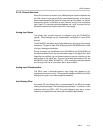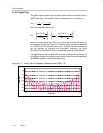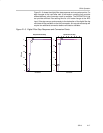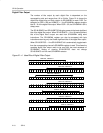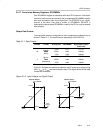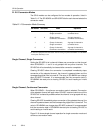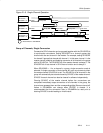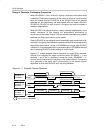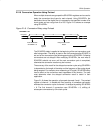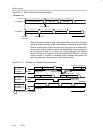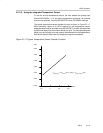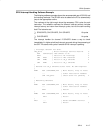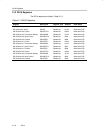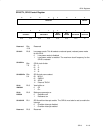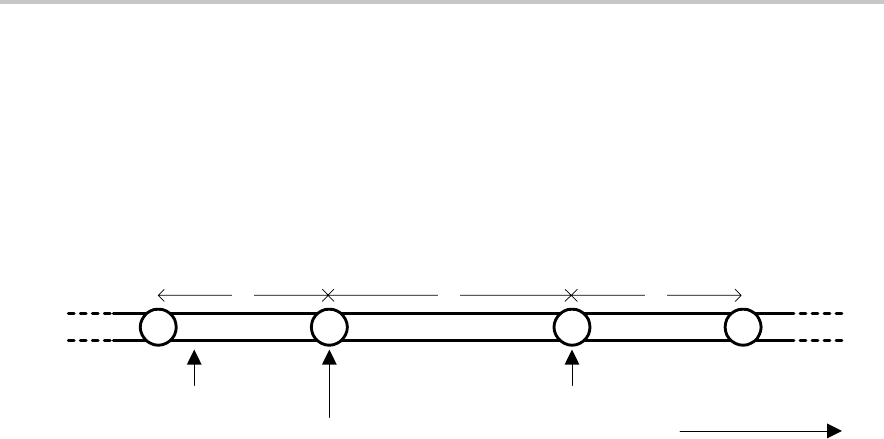
SD16 Operation
21-13SD16
21.2.9 Conversion Operation Using Preload
When multiple channels are grouped the SD16PREx registers can be used to
delay the conversion time frame for each channel. Using SD16PREx, the
decimation time of the digital filter is increased by the specified number of f
M
clock cycles and can range from 0 to 255. Figure 21−8 shows an example
using SD16PREx.
Figure 21−8. Conversion Delay using Preload
Conversion
32
SD16OSRx = 32
Load SD16PREx:
SD16PREx = 8
Preload
applied
Time
Delayed Conversion
40
Delayed Conversion
Result
Conversion
32
f
M
cycles:
The SD16PREx delay is applied to the beginning of the next conversion cycle
after being written. The delay is used on the first conversion after SD16SC is
set and on the conversion cycle following each write to SD16PREx. Following
conversions are not delayed. After modifying SD16PREx, the next write to
SD16PREx should not occur until the next conversion cycle is completed,
otherwise the conversion results may be incorrect.
The accuracy of the result for the delayed conversion cycle using SD16PREx
is dependent on the length of the delay and the frequency of the analog signal
being sampled. For example, when measuring a DC signal, SD16PREx delay
has no effect on the conversion result regardless of the duration. The user
must determine when the delayed conversion result is useful in their
application.
Figure 21−9 shows the operation of grouped channels 0 and 1. The preload
register of channel 1 is loaded with zero resulting in immediate conversion
whereas the conversion cycle of channel 0 is delayed by setting SD16PRE0
= 8. The first channel 0 conversion uses SD16PREx = 8, shifting all
subsequent conversions by 8 f
M
clock cycles.



